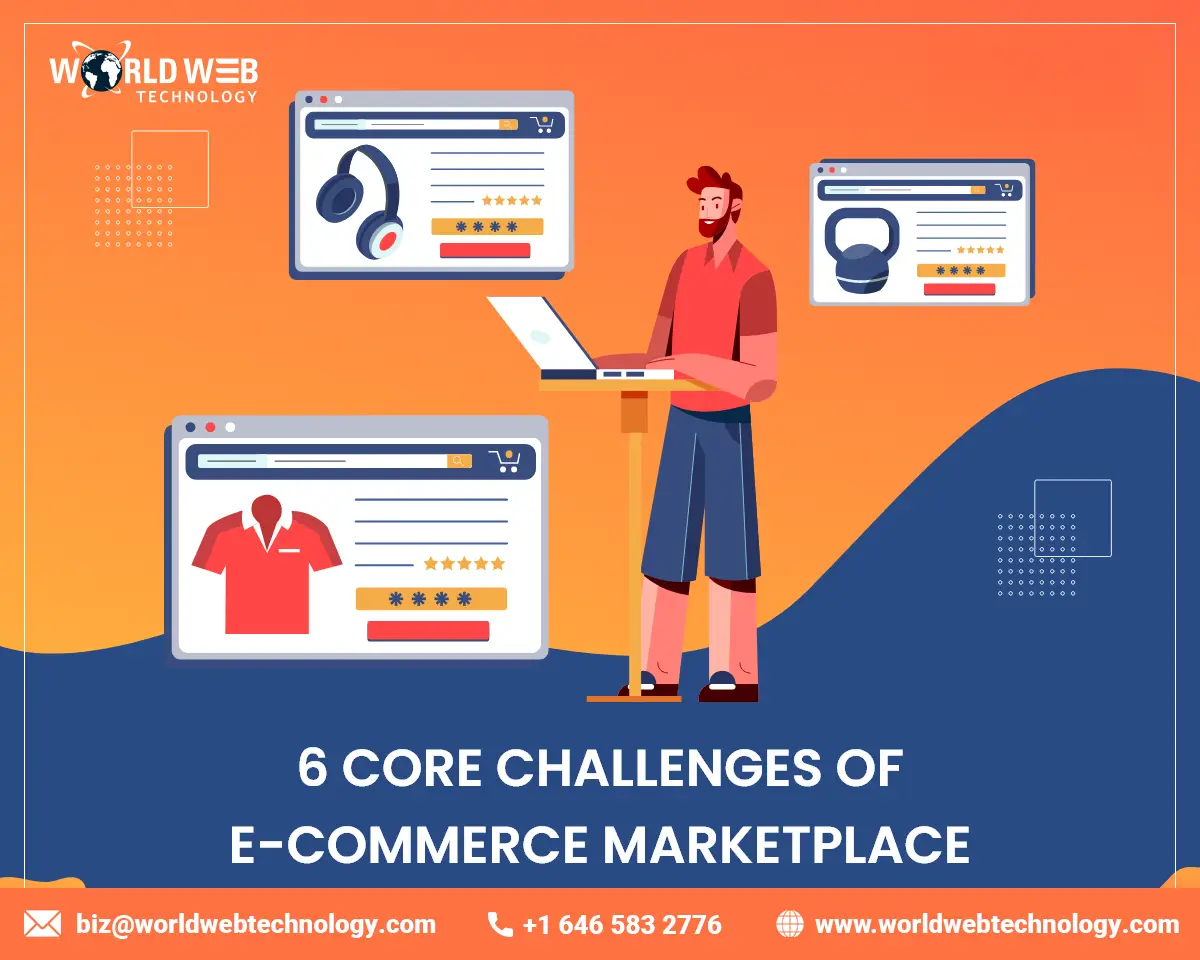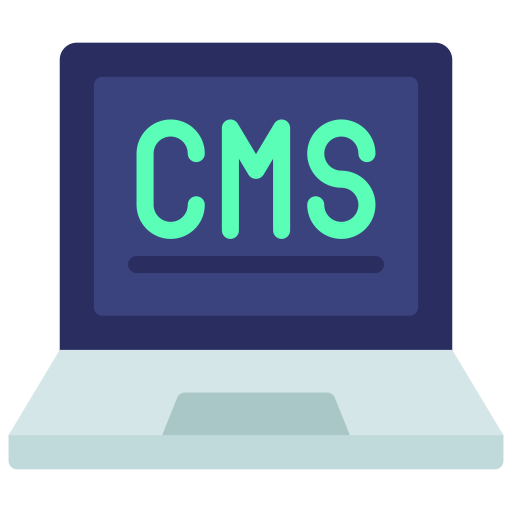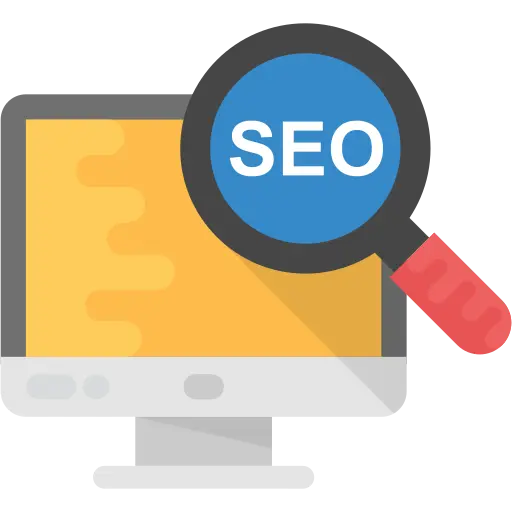Today our shopping pattern has changed drastically in a couple of years. Evolving technologies and easy accessibility have pushed us to a new era where the entire world has become the market which is always online. Today, customers seek effortless, fast, personalized, and digitized shopping experience through multiple different tools they own. Nonetheless, the technology also shows us new ways of managing the challenges that it brings with this advancement, the challenges of e-commerce marketplace we face today are many. Here are the top 6 e-commerce challenges and solutions!
Challenges of E-commerce Marketplace
1. Sources of Product and its Placement
Product sourcing is a consistent endeavour, and one of the biggest Challenges of E-commerce Marketplace to handle when you are a part of an e-commerce marketplace.
You must have a steady and established source products when building an e-commerce marketplace website. It may come from a vendor, partnerships with manufacturer, retailers or any third party online platform or drop shippers. You should optimize your product database and adaptation of the product base. You should have done thorough market research to get answers to many critical questions like what and why the product is so much trendy, where to advertise it and etc.
The Solution
You should opt for an enterprise e-commerce development platform that should be equipped with inbuilt useful features and an API. With this, you can export or upload product information through excel or CSV file saving time. In addition, you can link the API with your ERP in an effort to add product data straight into your e-commerce platform without any manual data entry.
2. Customer Segregation and Growth
A huge e-commerce marketplace needs a big chunk of customer segregation and persona development. When it comes to a buyer persona, it is your imaginary manifestation of the prospective customers. It gives you a better understanding of the potential prospects thus you would be able to offer them a better experience, product placement and synchronized messages across multiple channels. Often with a huge product base segregated into multiple categories with additional filter available to the user, cannot actually bring profit.
The Solution
Always keep maximum three or four buyer types to work with. It will save your marketing and customer acquisition cost. Using your online store and e-commerce analytics you can know the types in users’ demography, their online activity, and interest areas. Based on this, you can create audience division validating your assumptions.
3. Acquisition Courses Selection and Optimization
Your customers may come from multiple channels other than your marketplace and you cannot trust a single customer acquisition fennel to catapult conversion and generate revenue.
Often businesses spend their acquisition budget by spending on non-customized channels which are a source of good traffic, but without any guarantee that the target audience would be there. This means having good traffic without the audience’s real-time presence.
The Solution
To solve this issue, the best way is the individual optimization of the acquisition courses to penetrate your product evenly and the best way. Make sure your target audience is there before relying on a particular acquisition channel and optimizing them before using them. Now create a channel-driven marketing strategy focusing on a specific customer type, start the campaign at a basic level with a small budget and monitor CR and CTR via your e-commerce website analytics.
4. Optimization of Sales Conversion
These days, users have to pass through multiple touch point before freezing a sale. Being an e-commerce industry, the challenge it faces is the absence of human connection with the customer at the point of making a sales decision. This may impact the conversion rate.
The Solution
The best way is to improve user interaction through various customer touch points like VOIP, Chatbots, technical ticketing systems, customer support and many more. Optimizing a single solution for all and expecting that customers will appear from the same channels is not feasible. Enable additional support, develop shortcuts to the customer journey and attract your customers. A sweet and simple FAQ section can offer great results and cut down the customer’s purchase initiative.
5. Customer Retention
Customer retention is also of the essence to boost up the e-commerce segment. Relying on the consistent customer acquisition is not always trustworthy as it is not possible and it costs much more than retaining existing customers. Customer retention is often tough when dealing with a number of products and impressive traffic. Most customers might be for a single visit without any real purchase. Customer retention usually declines due to trust issues, lack of timely communication and instant customer engagement.
The Solution
The best way of dealing with customer retention is realizing the fact your liability as an enterprise does not complete with selling products. The best practice for ensuring customer retention is offering email notifications to your monthly or 15 days newsletters to your current and potential customers with new products, schemes, plans, discounts, and updates for your products. You should introduce a referral program and reward/loyalty rewards to develop long-term bonding with customers and increase their interest and engagement with your products.
6. Growth and Development
When handling a full-fledged e-commerce marketplace, with ever evolving-technology and new developments in NLP and AI, the industry is more inclined towards disruption and evolution. For a consistent growth and development, you should look for long-term alignment with various agencies that can sync with your development cycle and business needs. But while aiming for development, consistent acquisitions and mergers are disrupted by wrong documentation or methodological and structural differences. Many small online marketplaces do not formulate any goal and a KPI aimed for enterprising growth. In bigger enterprises, forming new associations or tie-ups and deploying new tools and technologies often become a burden on your budget.
The Solution
The best way to retain a strong partnership with vendors is to keep the association from the start that can attract most acquisition, sales and thrive with your enterprise and marketplace.
Synopsis
The biggest challenges in today’s e-commerce marketplace platform development is not different from the one what we face a decade earlier. Thus, taking a customer-focused approach and understanding their shopping process and making a switch on its retention can enable you to handle any challenge that comes your way in your e-commerce development.
You can hire an ecommerce marketplace development services company to create your e-store with all the requisite features. Formulating a well-designed methodology to evaluate, segregate and solve issues of your journey while keeping the target customer in mind, you can rapidly create, test and introduce any new feature to cut down the sales process and ensure customers retention and revenue generation. Better to opt for the best e-commerce web development services to get an edge over others.
Most Popular Categories
Discover top categories on our blog, featuring WordPress, PHP, eCommerce, and Shopify insights and tutorials.
Featured Insights
Immerse yourself in our passion for sharing the latest industry news, cutting-edge technologies, and insightful articles. Explore the depths of knowledge with us.
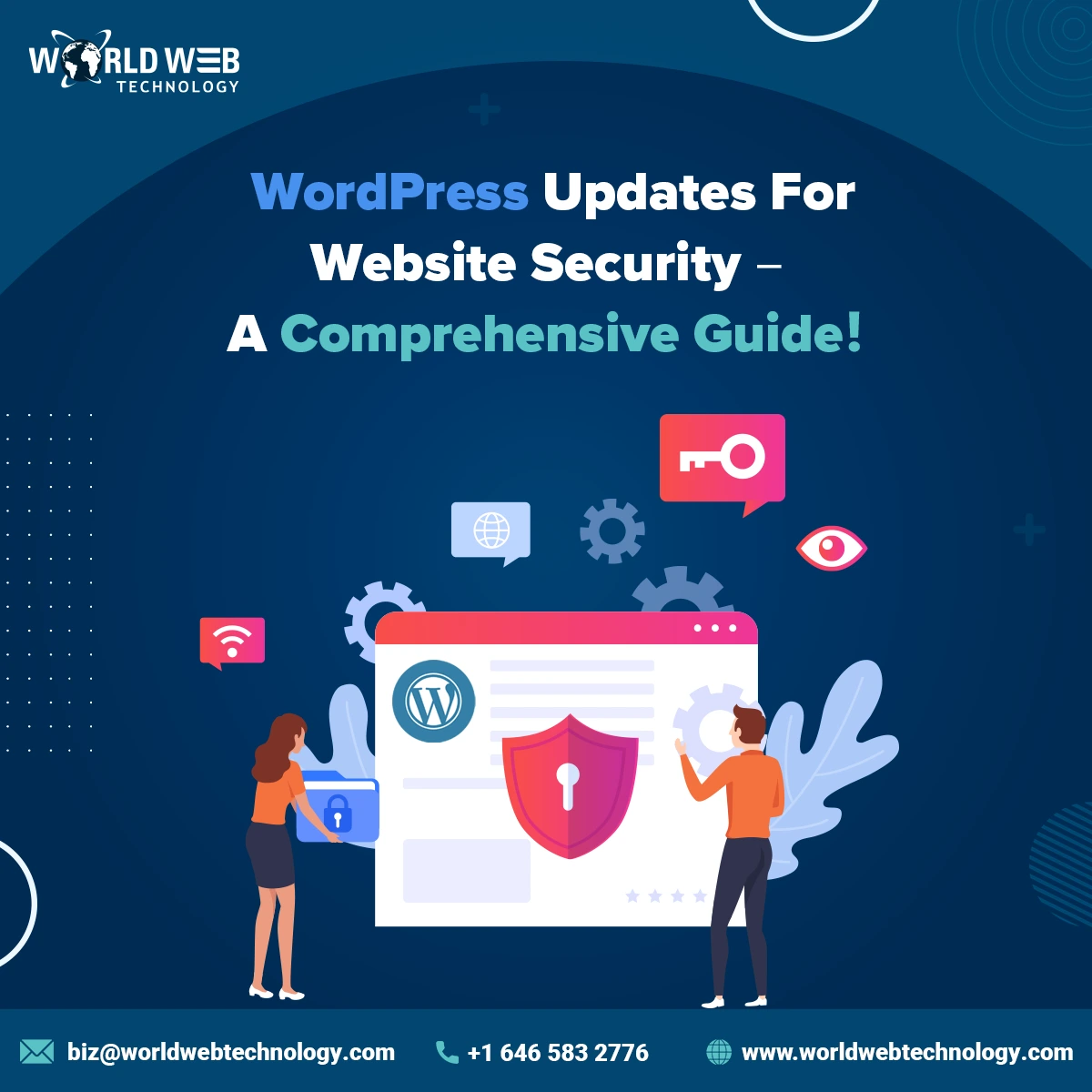
October 18, 2024
WordPress Updates For Website Security – A Comprehensive Guide!
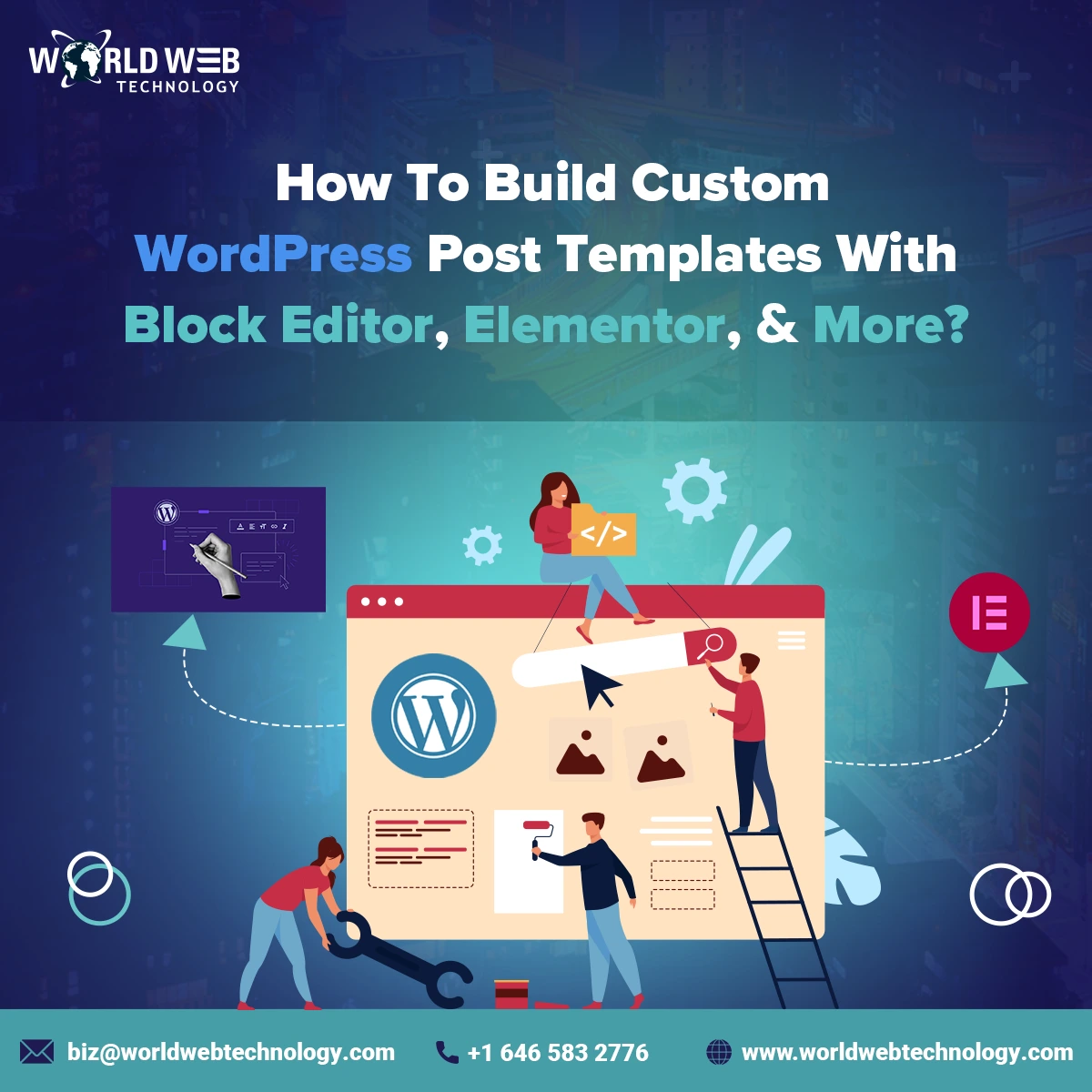
October 9, 2024



